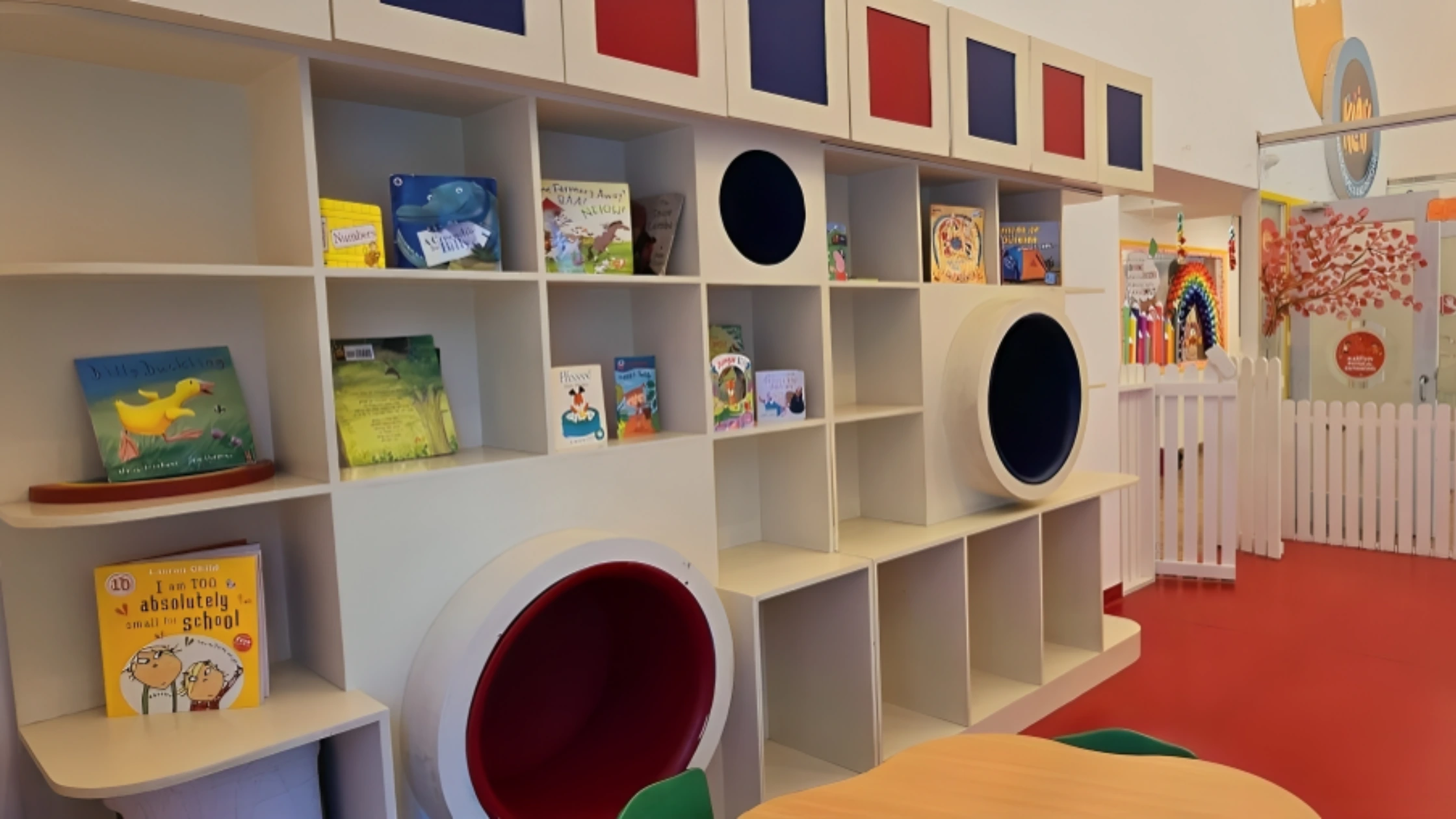The most magical experience is to watch your baby grow. From a toddler to a preschooler and beyond. When your baby makes the shift from milk to solid foods, preparing fibre-rich foods for babies and giving them the right nutrition becomes a top priority. Fibre is one ingredient that helps your child’s digestive health and overall well-being. In this article, we will talk about fibre-rich foods for babies and how you can create a happy tummy journey for them.
What is Fibre and Why is it Important for Babies?
In simple words, fibre-rich foods for babies are foods that are rich in the roughage found in foods that are plant-based. They come in two forms: soluble and insoluble. Soluble fats absorb water and form a soft gel in the gut. This helps digestion in your baby and keeps things moving smoothly. Insoluble fibre gives bulk to the stools. It helps your baby’s motion to stay smooth and prevents constipation. Both these types of fibres help your baby to stay healthy with a well-functioning digestive system.
How Much Fibre Do Babies Need?
- 6 months: As your child switches to solids, make sure you add small portions of fibre to their diet every day.
- 7-12 months: 5 gms of fibre every day is appropriate for children this age.
- 1-3 years: Once your child turns a year old, you should gradually increase the fibre intake to 10 grms every day.
Note: These are guidelines and you should consult your child’s pediatrician for specific recommendations based on their requirements.
High Fibre-Rich Foods for Babies
Let’s explore the world of fibre-rich foods that you can introduce your baby to.
Fruits:

- Apples (peeled or pureed) Bananas, Pears: These classic fruits are packed with soluble fibre, making them a great first choice.
- Prunes: Prunes are natural laxatives. They are great for preventing constipation. However, you should use them in moderation, due to their high sugar content.
- Avocados: These creamy wonders are not only rich in healthy fats but also an excellent source of fibre.
Vegetables:

- Sweet potatoes, peas, carrots, and broccoli (cooked and mashed): These veggies are so colourful that your child will find them visually attractive and benefit from the high fibre content in them.
- Leafy Greens: Leafy green vegetables like spinach are a great source of iron and great for digestion. They are a rich source of fibre and other nutrients. However, you should introduce them slowly as they can cause gas in some babies.
Whole Grain:

- Oats (pureed or as porridge), whole wheat bread (crumbled), and brown rice (cooked and mashed): Whole grains are a great source of fibre, they provide energy to your baby and keep them feeling full for longer.
- Quinoa and Barley: These ancient grains are packed with fibre and provide a protein-rich diet to your baby.
Legumes and Pulses:

- Lentils, chickpeas, and beans (well-cooked and mashed): Legumes are the powerhouses of protein and fibre, but remember to introduce them slowly since they can cause gas for babies.
Benefits of Fibre-Rich Foods
Fibre has a lot of benefits, especially for a baby’s growing body, here are some of the major benefits they offer.
- Promotes a healthy gut: Fibre has healthy gut bacteria. They make your baby’s immune system stronger and it’s important for their overall well-being.
- Regulates blood sugar levels: Soluble fibre makes the absorption of sugar in the body slow; this prevents blood sugar spikes.
- Helps in nutrient absorption: Fiber helps the food to move efficiently through the digestive system. It makes the absorption of nutrients better.
- Encourages healthy eating habits: If you expose your baby to fiber-rich foods early in life, you will help them develop healthy eating habits.
Preparing High-Fibre Foods for Babies
Here are some tips on how you can introduce fibre-rich foods to your baby’s diet
- Cooking methods: For your baby foods you should stick to gentle cooking methods like boiling, steaming, and mashing. This keeps nutrients intact and makes food easier to digest.
- Age-appropriate textures: For younger babies, you should start with smooth purees. Once they grow a little older and learn to swallow comfortably, you can introduce mashed foods and eventually move on to chopped finger foods.
- Safe portion sizes: Always begin with a small portion, and when your baby gets used to the new food’s texture, you can increase the portions.
You must remember to introduce new foods in a fun messy way, you should be patient and keep encouraging your child. By introducing them to healthy foods early in life, that are easy to digest you are preparing them for a lifelong, healthy way of eating. Consult your pediatrician if you have any concerns.
















Subscribe to our newsletter
[contact-form-7 id="12706" title="Newsletter Form for post page"]Our Related Blogs
Yoga Benefits, Activities, and Poses for Preschoolers
For preschoolers, yoga isn’t about perfection but about giggles and benefits. So, are you curious how a simple stretch can support a child’s focus, flexibility, and emotional well-being? Let’s roll...
Year-End Reflection and Goal Setting for Children
Parenting is a journey filled with the brightest moments and valuable lessons, both for us and our children. As the year draws to a close, it’s the perfect time to...
Why Residents of Malibu Town, Gurgaon Choose KLAY for Their Little Ones?
Choosing the right preschool or daycare is one of the biggest decisions for any parent, especially in a community as close-knit and discerning as Malibu Town, Gurgaon. Over the years,...